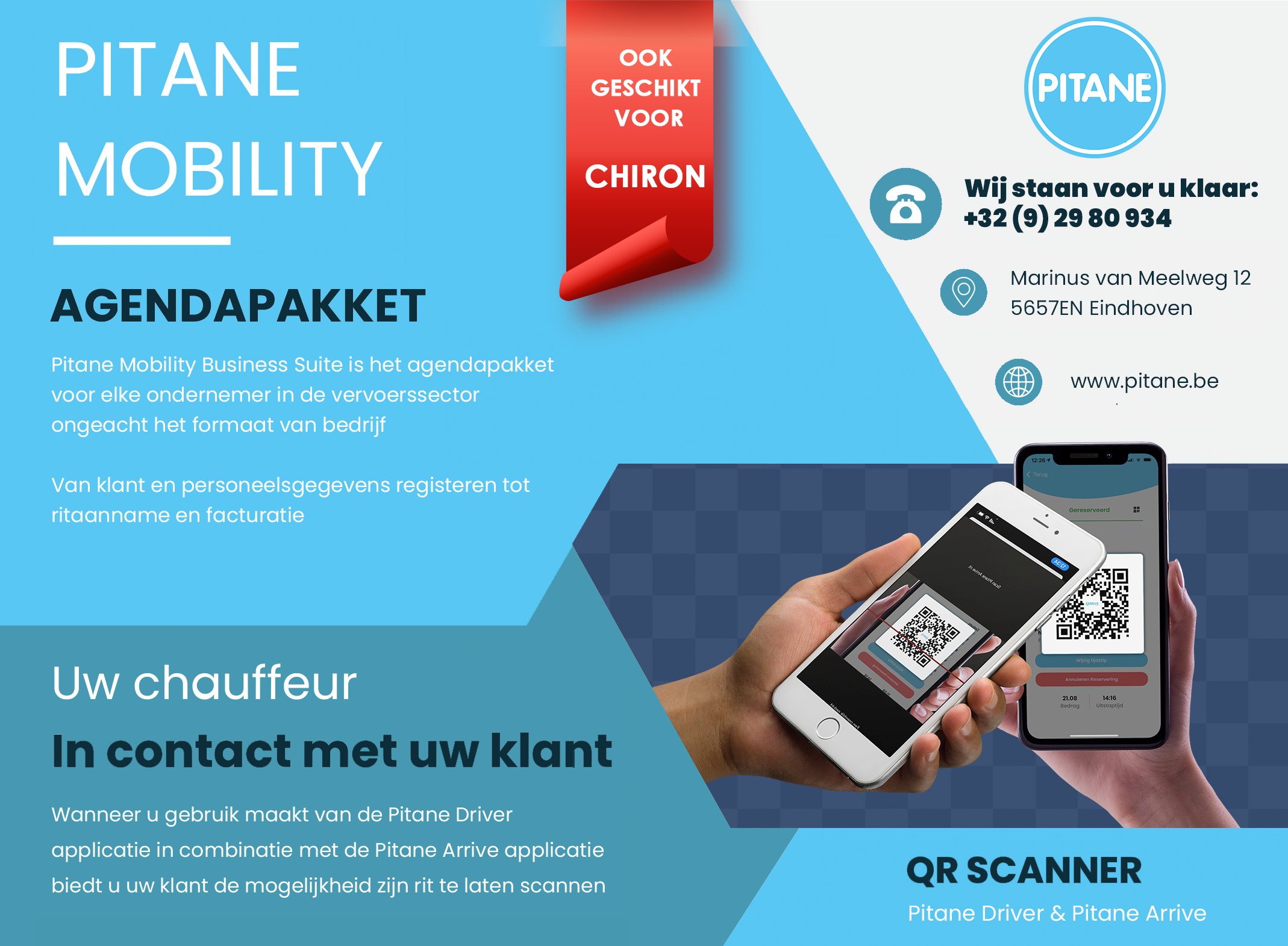In a nutshell, mobility solutions in European cities are diverse and numerous.
From trains and subways to bicycles and electric scooters, there are plenty of options to meet the needs of every traveler. So whether you're planning a weekend getaway or an extended European tour, the transportation options are as varied as the cities themselves. From the far north to the sunny south coast, each country offers its own form of transport, each tackling the challenges of modern mobility in their own way. Mobility as a Service (MaaS) has become an important theme in European transport policy in recent years.
Each country has its own approach to this innovative concept, bundling different forms of transport into one accessible and user-friendly digital interface. Starting in Scandinavia, the first thing you notice is the prevalence of electric vehicles, especially in Norway. The country has invested heavily in green energy and this is reflected in the streets. Even in remote areas there are plenty of charging stations. Sweden and Finland are the countries of trains. The efficient and comfortable railways are an ideal way to traverse the vast landscapes.
original
This is an excellent means of transport, especially in Finland, where the train network extends far above the Arctic Circle. In Finland, the country where the term MaaS originally comes from, the approach is particularly progressive. Via the app “whim” users in Helsinki can take out a subscription that provides access to public transport, taxis, rental cars and even bike sharing. Finland often serves as a model for other European countries considering implementing MaaS. Sweden is following closely with a similar platform, called “UbiGo“, which was launched in Gothenburg and is now available in other cities. It focuses on offering flexible mobility solutions, including public transport and car sharing services.
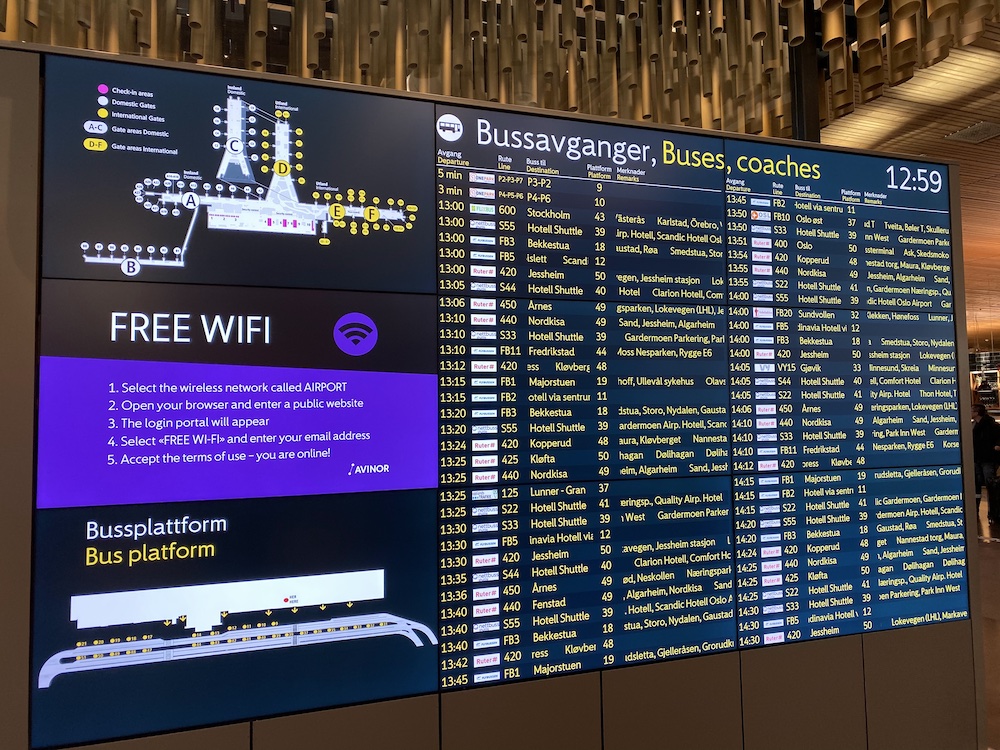
Further south, in Germany, the car is still king, but in a sustainable way. The Autobahn is not only known for its missing speed limits, but also for the numerous hybrid and electric vehicles that can be found there. However, public transport is also very developed, with an extensive network of trains and buses. Germany is a country where MaaS is getting off to a slow start, but the potential is great. Berlin recently launched a pilot project that combines public transport, car sharing and bicycle sharing. Rhein-Main-Verkehrsverbund (RMV) has launched an app. The mobile app “RMVgo” is an extensible MaaS solution with a trip planner, optional ticket purchase and various traffic information.
transport network
With the high quality and efficiency of the German public transport network, this provides a solid foundation for further MaaS development. Berlin, the capital and largest city of Germany, recently launched a pilot project for Mobility as a Service. It combines public transport, car sharing, bicycle sharing and even scooter sharing in a single, easy-to-use app. The city has also invested in electric buses and is aiming for a fully electric bus network by 2030. With its extensive U- and S-Bahn network, Berlin already offers a strong foundation for integrated urban transport.
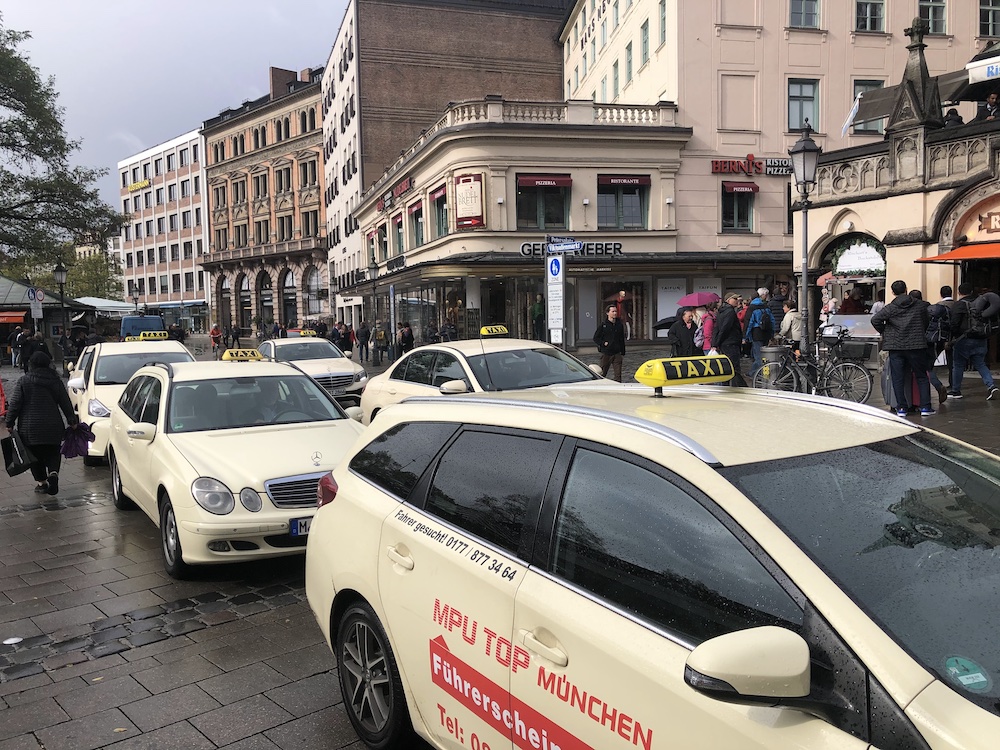
Munich, the capital of Bavaria, is committed to green mobility. The city has invested in hydrogen buses and is experimenting with autonomous vehicles. Furthermore, Munich is working to expand its cycling network and actively promotes the use of cycling as an environmentally friendly transport option. In Hamburg we see a similar trend. The city has an innovative public transport system, including a well-developed metro, multiple bus lines and ferries that cross the Elbe. Hamburg is also one of the first German cities to introduce a large-scale scooter sharing program.
Frankfurt, one of Europe's most important financial centers, is working hard to reduce car traffic in the city center. The public transport network is actively expanding and there are plans to reduce the number of parking spaces in the city to make room for more green areas. Dusseldorf and Stuttgart, although smaller compared to the other cities mentioned, are also modernizing their transport infrastructure. From metro expansions to the introduction of electric buses, these cities understand the need to provide sustainable and efficient mobility options for their residents and visitors.
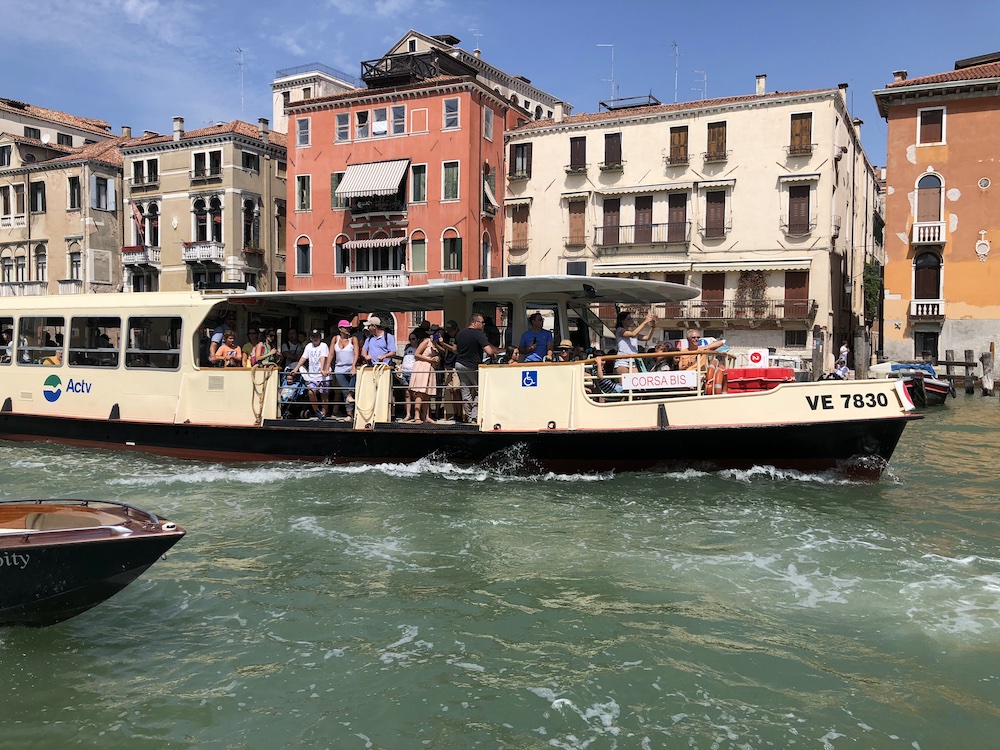
The Romance countries, such as France, Italy and Spain, combine old traditions with new technology. In the Venetian labyrinth of canals, bridges and narrow alleys, mobility is a unique challenge. While most cities are rapidly filling up with cars, bike sharing and electric scooters, Venice remains an anomaly. The city seems immune to the traditional modes of transport that characterize other metropolises, but this does not mean that Venice is lagging behind in terms of mobility.
Although MaaS is still in its infancy in Italy, significant progress has been made. This is also because Italy faces problems such as traffic congestion and air pollution, which drive demand for more efficient and sustainable transport solutions. Rome, Naples, Milan. The Italian road to Mobility as a Service (MaaS) runs through this metropolitan trio that won the government tender, developed as part of projects linked to the National Recovery and Resilience Plan (NRRP). The three capitals will be real laboratories for testing MaaS services.
water buses
The famous Vaporettos, water buses that ply the Grand Canal and smaller canals, are the backbone of public transport in Venice. They provide not only a scenic, but also a practical way to get from point A to B. In recent years the Vaporetto network has been modernized to be more accessible and environmentally friendly, including the introduction of electric-powered boats. The city is also investing in more sustainable mobility options.
The recent project “Venezia a piedi” (Venice on Foot) encourages both residents and visitors to walk. For those wanting to reach the mainland, there are extensive train and bus links connecting Venice to cities such as Padua, Verona and even further afield destinations. The presence of an efficient and well-connected train station at Venezia Santa Lucia ensures that Venice does not become isolated from the rest of Italy and Europe.
In Romance countries, the scooter is a common phenomenon, which creates a lively street scene. But don't forget the TGV network in France, or the AVE high-speed trains in Spain, both of which take tourists from city to city in record time. In Southern European countries such as Spain and Italy, MaaS is still in a relatively early stage. However, cities such as Barcelona and Rome are experimenting with integrating different modes of transport into one app, often in collaboration with private transport providers.
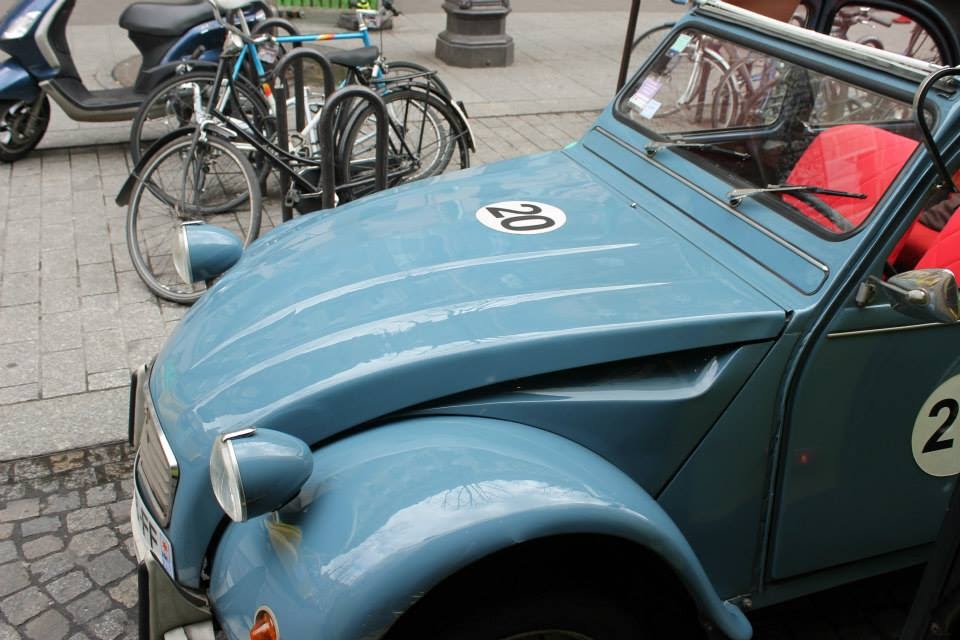
Paris has also put itself on the map with a wide range of shared transport options. From electric scooters to bike-sharing services like Vélib', the city offers plenty of alternatives to traditional transportation.
In the shadow of the Eiffel Tower and along the banks of the Seine, a quiet revolution in mobility is taking place in Paris. The French capital, once the epitome of romance with its cobbled streets and classic boulevards, is making major strides in modernizing its transport network. All this with the aim of making the lives of both residents and visitors easier and more sustainable.
French revolution
In the French mobility landscape, MaaS (Mobility as a Service) apps have made impressive inroads, from the metropolis of Paris to picturesque Provence and beyond. The wide range of apps shows that France is seriously investing in improving urban and intercity mobility. Take for example Divia, an app that serves Dijon and allows citizens to plan their trip from start to finish, including booking tickets. Or Moovizy in Saint-Etienne, which offers everything from traditional public transport to bike sharing and even parking services. In Paris, Bonjour RATP is a must-have app, which not only informs travelers about metro and bus times, but also about shared bicycles and scooters.
Then we have Tac Mobilités in Grenoble and Monapass in Marseille, which offer similar one-stop-shop services, but each with their own local flair. For long-distance travel, there is SNCF Connect, which offers the entire service catalog of the French national railway company on one convenient platform. At a regional level, apps like IDFM and Modalis make it easier for commuters and tourists to move around the Île-de-France and the Nouvelle-Aquitaine region. And let's not forget the emerging players such as Yuwway, Urbi, Chipi and Migo, each in their own way trying to solve the mobility puzzle through innovative solutions ranging from carpooling to on-demand shuttles.
charm
In Eastern Europe, from Poland to Romania, transport networks are developing, but they have their own charm. Here you will find night trains, for example, a romantic and adventurous way to travel great distances. In addition, the Baltic states are forerunners in offering digital solutions for public transport, such as e-tickets and apps for real-time information. There are still few MaaS initiatives in Eastern Europe, but the potential for growth is significant.
Warsaw, the capital of Poland, is a good example of this. The city has invested heavily in modernizing its metro and bus networks in recent years. In addition, cycle paths are being expanded and more attention is being paid to pedestrian-friendly zones. Bike sharing and electric scooters are also increasingly seen on the streets of the Polish capital, signaling a shift in how people move around the city. Bucharest, Romania's largest city, has been struggling with traffic jams and air pollution for years. However, recent projects such as the modernization of the public transport network and the introduction of 'green lanes' for buses and bicycles indicate that the city is seriously working on improving its mobility. Here too, we see the rise of shared cars and electric scooters as signs of a changing mobility culture.
In Prague, a city best known for its historic architecture, the importance of modern mobility solutions is beginning to be recognized. The Czech capital is developing new metro lines and has already introduced several Mobility as a Service (MaaS) platforms to make traveling easier. Sofia, the capital of Bulgaria, recently introduced an advanced ticketing system for its public transport and added new, eco-friendly buses to its fleet. In addition, there are plans to improve the cycling infrastructure in the city, which would be a big step forward in a city where the car is still king.
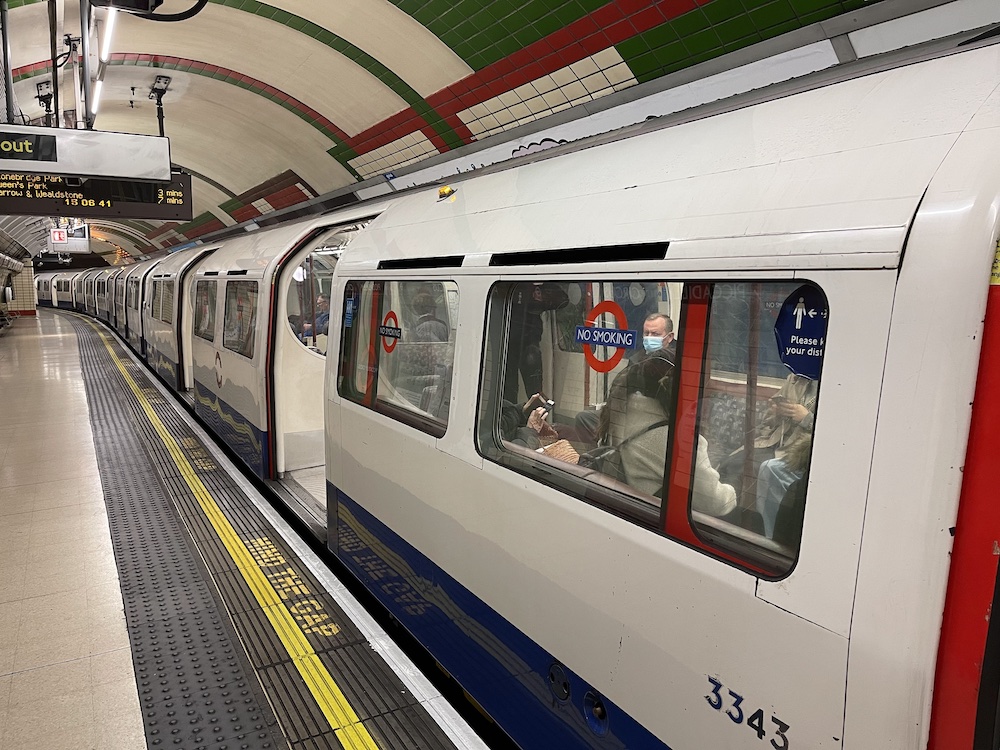
In London, the underground, also known as the 'Tube', is the backbone of local transport. It's fast, frequent and connects almost every corner of the city.
However, the metro is not the only option. Thanks to the advent of electric scooter rentals, it is now possible to explore the historic districts without getting stuck in traffic. Cycling in London has undergone a true metamorphosis. What was once seen as a risky venture in a city dominated by double-deckers and black taxis is now increasingly seen as a viable and even recommended alternative to urban transport. Transport for London, the body responsible for transport in the British capital, has played an active role in promoting cycling as an efficient and green mobility option.
cycling routes
An important initiative in this context is the introduction of 'Cycle Superhighways', special cycling routes that connect important parts of the city. These routes are designed to offer cyclists a safe and fast passage, far away from busy car traffic. In addition, numerous smaller cycle paths and 'Quietways' have been introduced to improve accessibility to less busy areas. There is also the Santander Cycles sharing system, often affectionately called 'Boris Bikes' after former mayor Boris Johnson. This system provides bicycles that can be picked up and left at various locations around the city, giving residents and tourists an easy and affordable way to travel short distances.
The British Isles offer a mix of old and new forms of transport, from the traditional double-decker buses in London to modern trains and trams in cities such as Edinburgh and Dublin. The train connections are extensive, but often also pricey, so it pays to book early. In the UK, the MaaS approach is fragmented. Although there are some initiatives in cities such as Birmingham and Manchester, there is no national strategy yet. Many of these are still in the experimental phase, but show promising results in terms of user adoption and car traffic reduction.
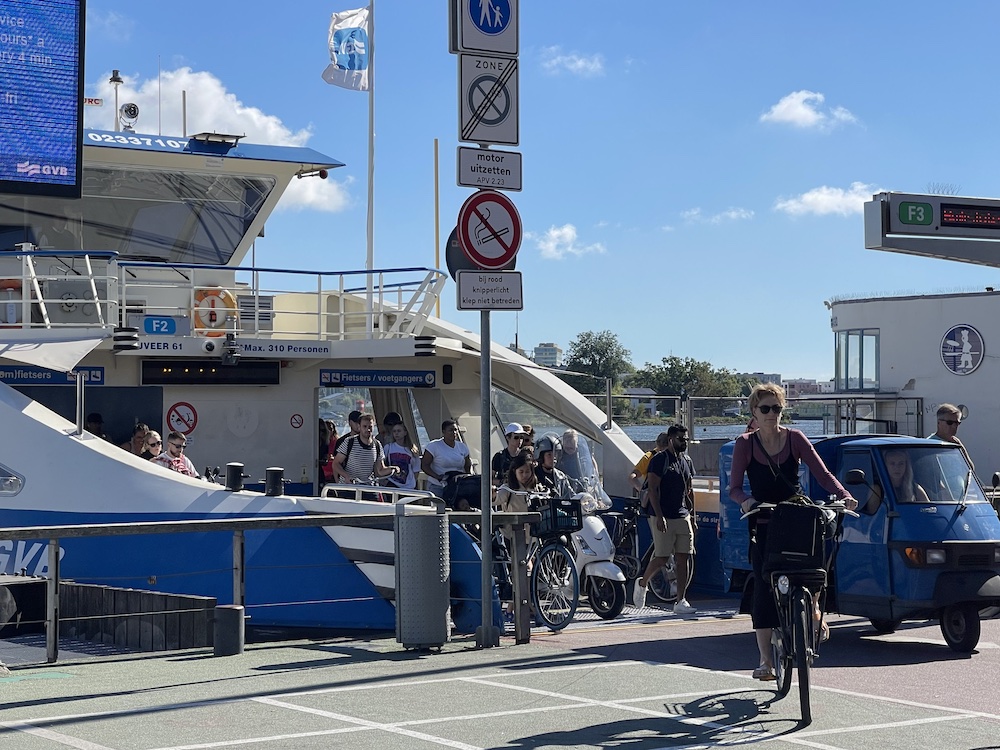
Mobility is an increasingly prominent theme in the various cities and regions of Europe. Eastern European cities such as Warsaw and Bucharest are investing in more modern and sustainable transport systems, while London is experiencing a cycling revolution with new cycle routes and bike sharing systems. The Netherlands, with its deep-rooted cycling culture and efficient train network, serves as an example of integrated and sustainable mobility. From traditional public transport to innovative digital platforms, Europe is on the move to transform mobility for the 21st century.
Speaking of cyclists, no trip to Amsterdam would be complete without at least considering renting a bike. The city is equipped with numerous cycle paths and bicycle rental stations. Tourists can easily grab a bike and cruise through the canals and over the bridges of this picturesque city. The Dutch railway network, NS, makes trips to other cities such as Utrecht or Haarlem a breeze.
The Netherlands is known for its cycling culture. Cycling paths are everywhere, from busy urban centers to rural villages. In fact, there are more bicycles than inhabitants in this small European country. The infrastructure is designed in such a way that cycling is not only safe, but can also be the fastest way to travel short distances. In addition to conventional means of transport, the concept of Mobility as a Service (MaaS) is also taking off in the Netherlands. Several cities are experimenting with apps and services that integrate a range of transportation options, from public transit to bike and car sharing, all managed through a single digital interface.
Whether it concerns – Rotterdam-The Hague – the Zuidas (Amsterdam) – Utrecht Leidsche Rijn, Vleuten and De Meern – the municipality of Eindhoven, ASML, Brainport Smart Mobility – Twente – Limburg or Groningen-Drenthe, the application of MaaS is not easy at the moment. Even the waterways, which are deeply anchored in Dutch history, are not overlooked. In cities such as Amsterdam and Rotterdam there are ferry services that are used both functionally and recreationally, making water an integral part of the mobility mix.
What sets the Netherlands apart is its approach to mobility. It's not just a matter of getting from point A to point B, but also how to do this in the most efficient and sustainable way, for everyone. With the government, communities and private companies working together to create innovative solutions, the Netherlands serves as a model for how a small country can think big when it comes to mobility.




